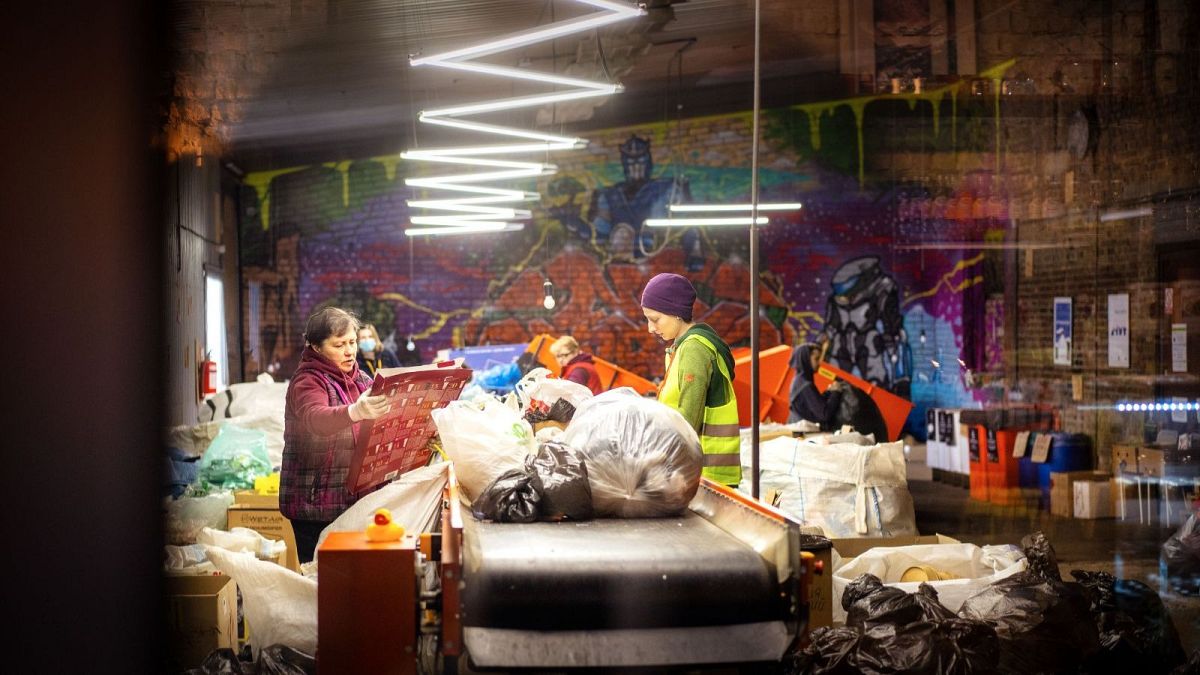

In a world where environmental challenges can often seem insurmountable, stories of community-led initiatives offer a beacon of hope. As individuals come together to tackle plastic pollution and celebrate the revival of ecosystems, a more sustainable future emerges on the horizon. These grassroot movements, empowered by open-source technology and cultural rejuvenation, highlight the transformative power of collective action.
One such inspiring story is the remarkable impact of the Precious Plastic community. This global network of innovators has made substantial strides toward addressing the pervasive issue of plastic pollution. In a single year, they have recycled approximately 1,400 tonnes of plastic, suggesting a promising future for open-source technology in catalyzing widespread recycling efforts. By demystifying the recycling process and making tools and knowledge accessible, Precious Plastic empowers individuals and small communities to actively participate in reducing plastic waste.
The initiative operates with a simple yet powerful philosophy: provide people with the necessary tools and instructions, and they will drive the change in their communities. With a collection of open-source machines designed for easy assembly, individuals can recycle plastic waste into new products, reducing the environmental footprint of single-use plastics. The collaborative nature of the Precious Plastic community allows for the sharing of innovations and ideas, creating a dynamic ecosystem of solutions that evolve with shared input.
Meanwhile, across the ocean, another significant environmental victory resonates just as strongly with its community. The return of the salmon to the Klamath River represents a monumental success for Native American teens who recently embarked on a celebratory kayak journey. This month marks the fruition of a years-long effort to restore the river’s natural flow after the successful removal of four dams between 2023 and 2024. The dismantling of these barriers has opened up hundreds of miles, allowing salmon to navigate their ancestral spawning routes once more.
The removal of the dams is not just an ecological triumph but a cultural renaissance as well. For the native communities whose lives and traditions are intimately tied to the river and its bounty, the return of the salmon signifies not just the restoration of a species, but the reclamation of a way of life. The celebratory kayak trip undertaken by Native American teens encapsulates this cultural revitalization, honoring the river’s renewed vigor and resilience.
These initiatives, while separate in geography and context, share a unifying thread: the empowerment of communities to lead environmental restoration. By adopting innovative, open-source solutions and cherishing cultural values, these communities showcase the profound impact of collective determination. They offer a template for others to follow, proving that when people are equipped with the right tools and knowledge, they can indeed forge a path toward a healthier, more sustainable planet.
Such stories remind us of the importance of community engagement and the potential for grassroots movements to drive lasting change. As we realize the significant potential within these efforts, there’s a gentle call to action for individuals everywhere to recognize the roles they can play in nurturing and restoring the environments around them. Through practical solutions and cultural unity, a positive and inclusive vision of environmental stewardship becomes not just a possibility but a living, breathing reality.
Source: {link}
